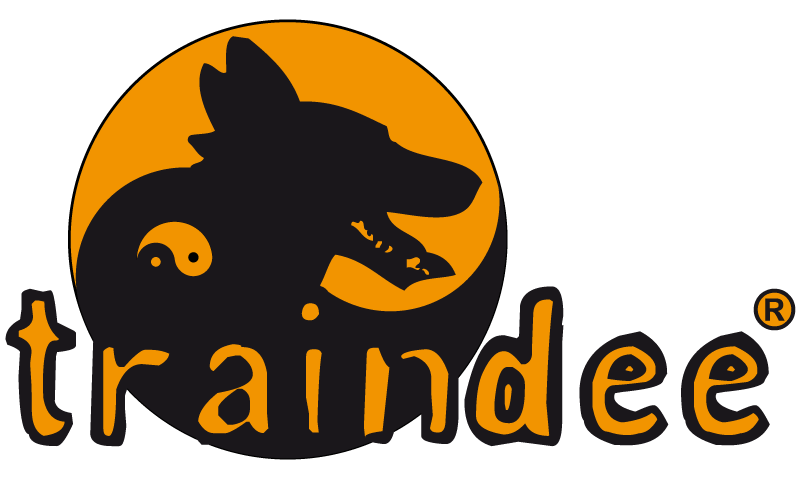Dimethicone Copolyol – what is this actually?
In search of tick repellent without neurotoxin, insecticides or other “pharmaceutical” agents that enter the bloodstream of the dog and show effect in the event of a tick bite, I have also come across, in addition to the natural substances such as Margosa and Geraniol, another active principle that can put an end to ticks. A tick repellent that works on physical action against the bloodsuckers and disease vectors.
Dimethicone copolyol or also
- Polydimethylsiloxane (PDMS)
- Dimethylpolysiloxane
- Dimethicone
- E900
Well, that sounds anything but confidence inspiring. All very “chemical” and almost “toxic” and I should use that for my dog as tick protection?
But slowly, let’s not be put off by the terms and designations right away.
Polydimethylsiloxane is a silicon-based polymer and, as the simplest silicone oil, is one of the siloxanes. Doesn’t sound much better yet – silicone oil, isn’t that alone very controversial?
I have found many articles around silicone and silicone oil based remedies, often about hair care.
Dimethicone copolyol is basically a water-soluble silicone and is an ingredient in many cosmetic products due to its properties. It is also used as a drug against gas accumulation in the gastrointestinal tract and as a defoamer in surfactant poisoning.
More interesting for us dog owners and this article, however, is the use as a so-called pediculocide (i.e. an active ingredient for the treatment of a louse infestation) and in the sense of “harmlessness” that dimethicone is also used as a lubricant for a large part of all condoms sold. I estimate the condom consumption times by orders of magnitude higher than the use as a tick repellent for dogs 😉
Briefly back to the cosmetic use and the more often read reference to enjoy silicones with caution. Controversially discussed and often criticized, I want to move away from scaremongering and look at the issue objectively.
On the one hand, it is about non-water-soluble silicones, which can lead to problems in the long term in the field of cosmetics and hair care products, because hair is no longer properly cared for, for example, and on the other hand, it is about environmental aspects.
The environmental aspect is important to me, but here it is obviously necessary to distinguish silicones. Silicones are considered non-degradable and thus accumulate in nature. Doesn’t sound so good and we know the robustness of silicones and what they can withstand. Heat-resistant for flexible bakeware, resistant to a wide range of chemicals and also very robust due to its elasticity – silicone joints in the bathroom and kitchen show us this in everyday life.
The environmental compatibility is problematic, but there should also have been some progress in this area and silicone is obviously not just silicone. In any case, in this article I will not look more closely at the different silicones and their environmental compatibility, but whether it seems suitable as a tick repellent without neurotoxin.
In hair care, silicones work because they protectively lay around the hair, and this effect is used in some products against ticks. This is or was also part of the criticism of these products, because the silicone or just more precisely the dimethicone has laid around the individual hair and thus no more care and nutrients had let through.
With ticks, fleas, lice or other parasites, however, we use exactly this effect to let the so-called ectoparasites dry out and restrict them in their mobility.
Sure, it doesn’t sound very nice, but these beasts don’t think about the diseases they can transmit to our dogs. What is important is good protection without insecticides, and the physical approach based on dimethicone copolyol seems to me to be a very good one.
Personally, I still rely on the repelling and deterrent effect of natural active ingredients such as geraniol or margosa, possibly in combination with coconut oil and the lauric acid it contains. But our beloved four-legged friends are just no different from us humans ourselves.
Some dogs will simply not want the smell of certain natural substances, find it disturbing and cause them discomfort, while another dog may have problems with its coat if a silicone oil such as dimethicone has a negative effect on the individual coat care. Here the advice of animal hairdressers, who simply know about fur, will certainly help.
In any case, I find all these substances, whether natural extracts or oils as well as such as silicone-based dimethicone better and less critical in the use as a means against ticks than insecticides or nerve agents that enter the blood or act through the blood.
Clearly I would like to position myself that I am not in principle against remedies of the veterinary medicine, I pursue only a pragmatic step-by-step approach, thus I work myself quasi up, with the possibilities, which are to me at the disposal. If my dog is exposed to a high risk of tick infestation, i.e. possibly daily for many hours in tick high-risk areas and thus the transmission of dangerous diseases increases, then I will probably also rely on the definitive and in studies proven effect of pharmaceutical preparations possibly. It is now times a permanent weighing, also for us humans.
Tick repellents for dogs based on silicones such as dimethicone copolyol are another alternative tick repellent without neurotoxin, even though many of these insecticides may be harmless to mammals…..
Possibly it could also be a good alternative tick repellent for cats, as they seem to be rather sensitive to many natural tick repellents as well. However, I have yet to look into tick repellents for cats in more detail….
👉 All vermin and tick remedies for dogs, dog owners and environments





